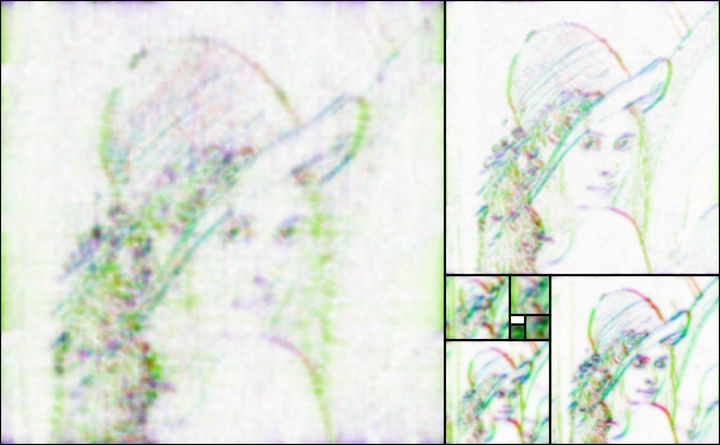Adaptive Sparse Spike Coding : applications of Neuroscience to the compression of natural images

Abstract
If modern computers are sometimes superior to cognition in some specialized tasks such as playing chess or browsing a large database, they can’t beat the efficiency of biological vision for such simple tasks as recognizing a relative or following an object in a complex background. We present in this paper our attempt at outlining the dynamical, parallel and event-based representation for vision in the architecture of the central nervous system. We will illustrate this by showing that in a signal matching framework, a L/LN (linear/non-linear) cascade may efficiently transform a sensory signal into a neural spiking signal and we apply this framework to a model retina. However, this code gets redundant when using an over-complete basis as is necessary for modeling the primary visual cortex: we therefore optimize the efficiency cost by increasing the sparseness of the code. This is implemented by propagating and canceling redundant information using lateral interactions. We compare the efficiency of this representation in terms of compression as the reconstruction quality as a function of the coding length. This will correspond to a modification of the Matching Pursuit algorithm where the ArgMax function is optimized for competition, or Competition Optimized Matching Pursuit (COMP). We will particularly focus on bridging neuroscience and image processing and on the advantages of such an interdisciplinary approach.